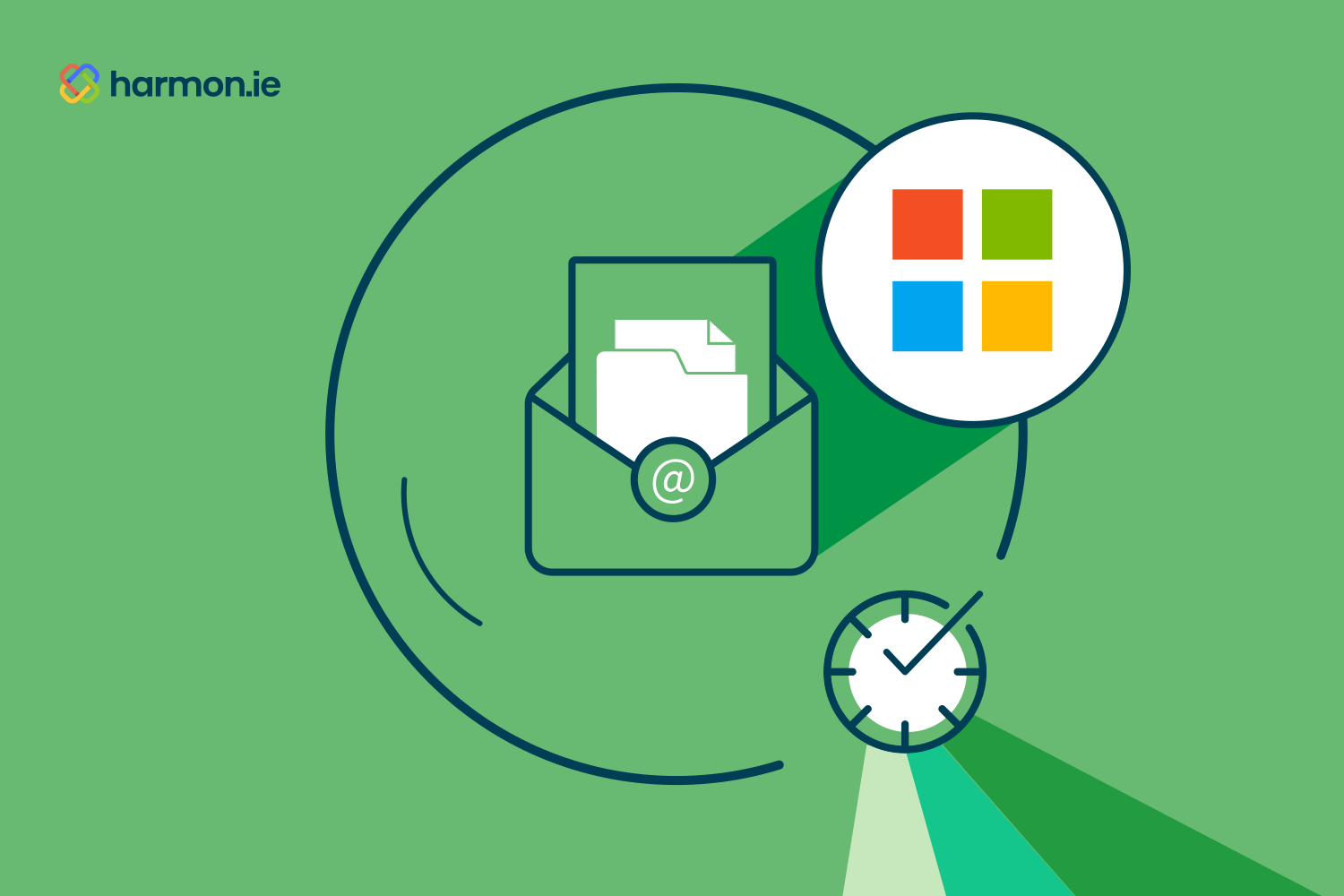In the ever-expanding landscape of digital communication, the challenge of efficiently retrieving retained emails from centralized repositories has become a significant concern. This blog post explores the role of metadata in simplifying the retrieval process and ensuring that users can quickly access the information they need.
The Challenge:
Imagine searching for a specific pair of socks in a communal drawer shared with your entire team. Now, apply this scenario to email retention – locating a particular email in a centralized repository used by multiple individuals. The challenge lies in making the retrieval process seamless and user-friendly.
The Role of Metadata:
Metadata, akin to labeling your socks with size, color, and pattern, plays a crucial role in email retention. Each email is tagged with metadata, including sender, recipient, date, subject, client/account, project details, and more. This metadata serves as the key to unlocking the vast archives of retained emails.
Efficient Email Classification:
Metadata enables effective email classification. Much like sorting socks by size and color, emails are categorized based on relevant criteria. This not only streamlines storage but also lays the foundation for a systematic retrieval process.
Automation and Metadata Extraction:
To enhance user experience, automation solutions play a pivotal role. These tools automatically extract and create essential metadata tags or prompt users to enter specific information. This ensures consistency and accuracy in metadata, increasing the user’s ability to find emails effortlessly.
Retrieval Process:
When the need arises to retrieve a retained email, users can leverage the power of metadata. A user-friendly search interface allows them to input criteria such as sender, date range, or project details. The system then sifts through the metadata, presenting relevant results in a matter of seconds.
Conclusion:
In the dynamic landscape of email retention, metadata emerges as a guiding light in the labyrinth of archived communications. By embracing metadata tagging, organizations empower users to navigate the archives with ease, ensuring that the wealth of retained information remains not only preserved but also readily accessible when needed.
Do you want to see this in action? Try harmon.ie.

